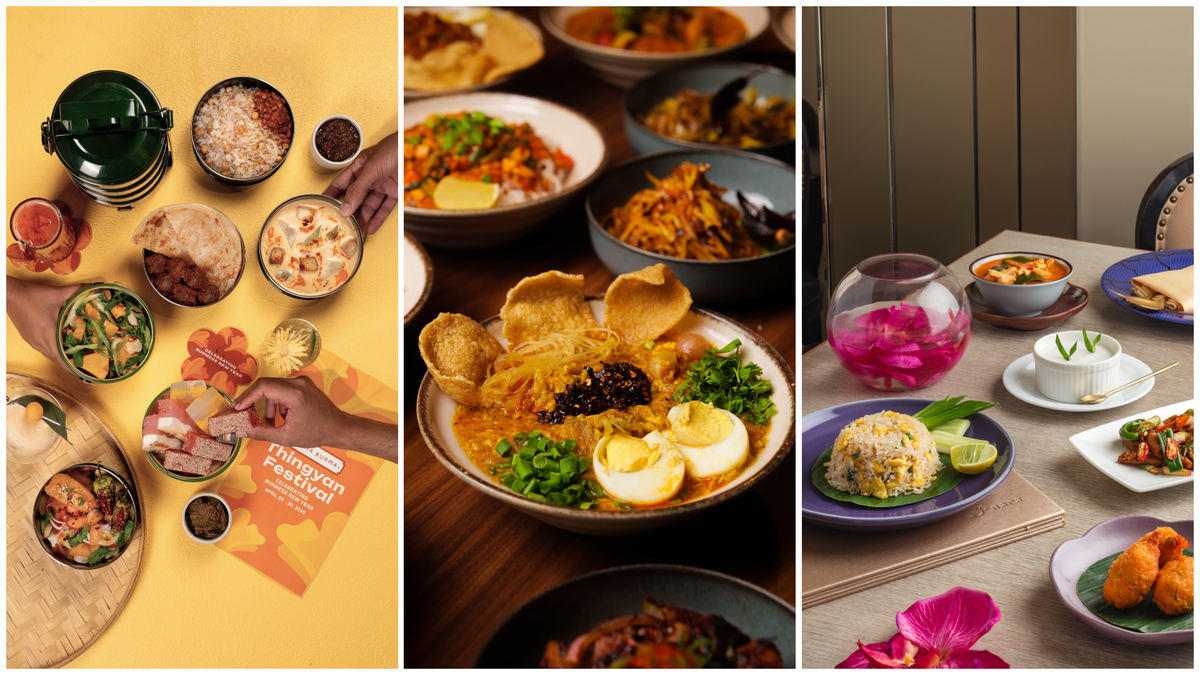This month, a number of Thai, Nepalese, Burmese, and Sri Lankan restaurants across the country will kickstart festivities to mark their respective new years.
We have seen the boom of small-seater restaurants, foraged ingredients dotting menus, and the celebration of traditional Indian cuisine courtesy of pop-ups and food festivals. Now, we are seeing the latter evolve into a larger trend of Indian restaurants commemorating traditional festivities across Asia and Southeast Asia with menus backed by intensive research and field trips. This not just spotlights the growing popularity of authentic regional food from Thailand, Sri Lanka, Nepal, among others, but also the changing culinary landscape of Indian diners.
A snapshot of the Songkran festival 2019 at Wat Pho
| Photo Credit:
Varaporn_Chaisin
The Future of Food Report 2025 for the Asia-Pacific (APAC) region also highlights that this is the year Asian flavours will take centrestage. Cuisines from the global South, including the Asia Pacific region are now receiving more Michelin stars from the esteemed French dining guide than western restaurants in Central London, it states.
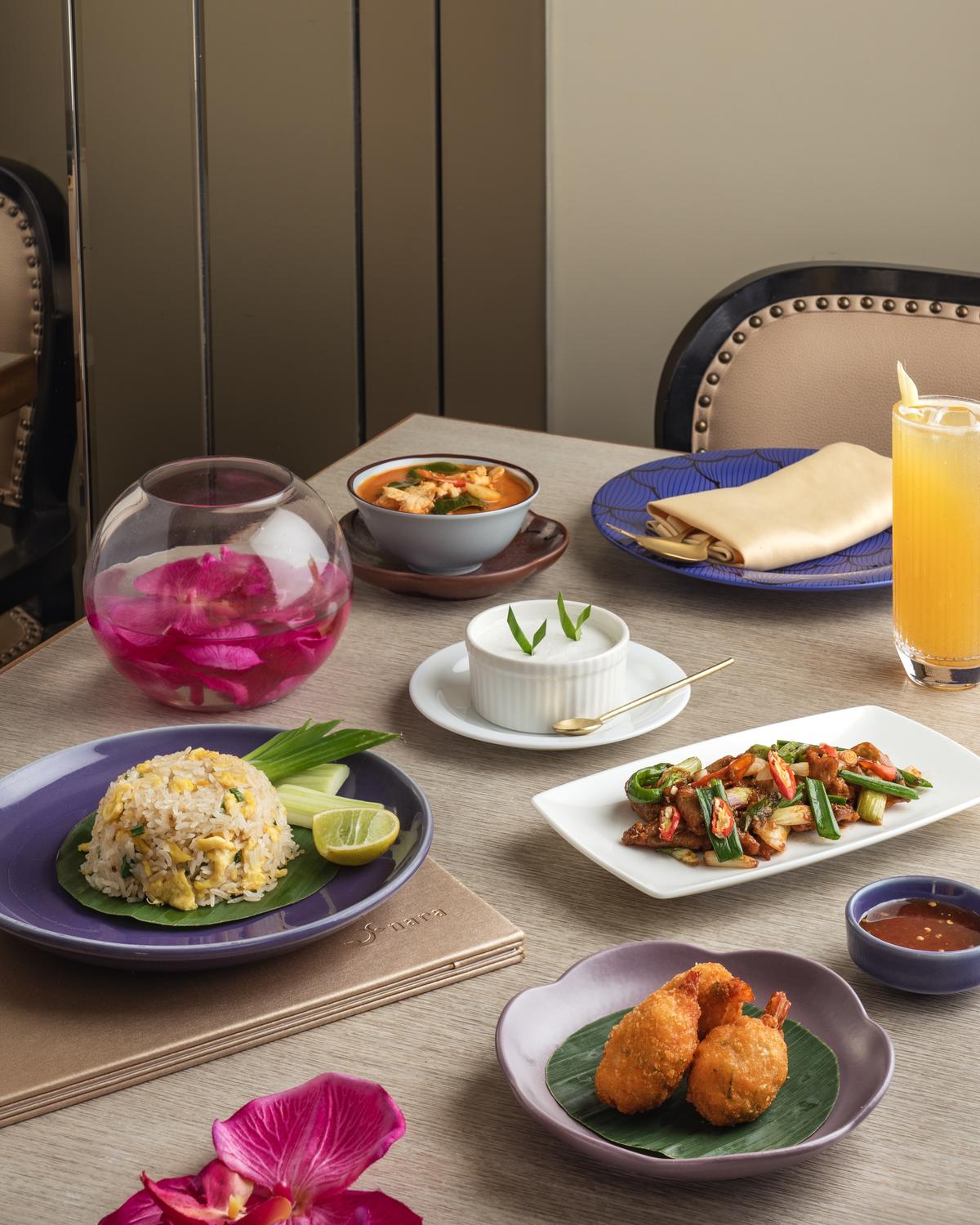
Dishes at Nara Thai
| Photo Credit:
Special Arrangement
At Nara Thai in Mumbai, Songkran (Thai New Year) — observed between April 13 and 15 — celebrations are in full swing through the month of April. “Songkran, with its water-centric traditions, festive spirit, and refreshing summer-friendly Thai dishes, is an exciting opportunity for restaurants to create a seasonal culinary experience,” says Abhishek Bindal, COO, Aditya Birla New Age Hospitality. In collaboration with its executive chef based in Bangkok, the team identifies dishes that align with Songkran’s themes of water, and summer-friendly flavours, he says, adding that this year’s menu features guava som tam salad with watermelon granita, vermicelli clay pot, and a Thai tea panna cotta, among others.
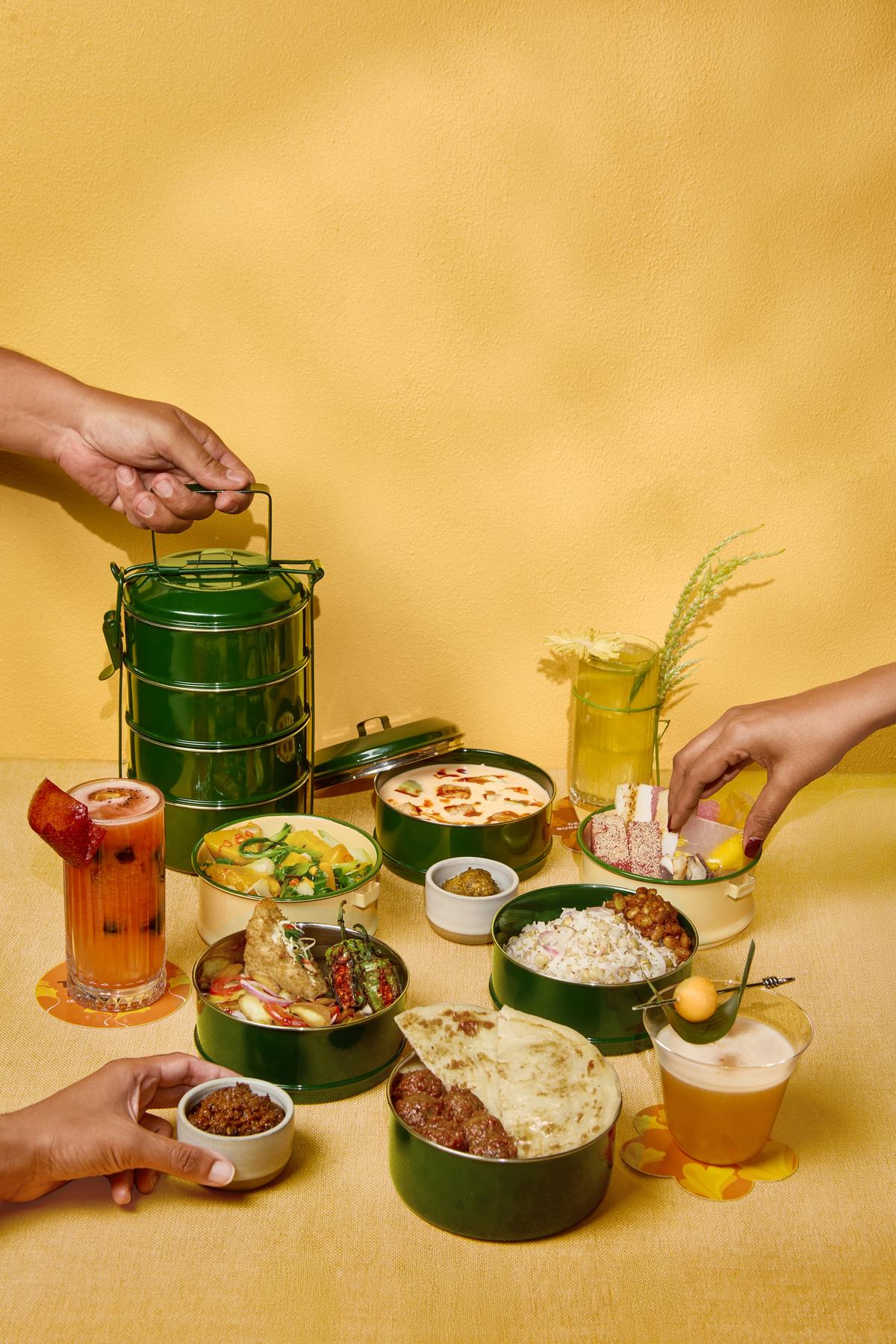
The Tiffin Meal at Burma Burma
| Photo Credit:
Cyrus Dalal
Popular restaurant chain Burma Burma is commemorating the Burmese New Year, Thingyan, albeit as a muted affair this year. “Our hearts go out to the families and communities, including our chef-partners, culinary experts, vendors, and artisans who have shared their skills, traditions, and warmth with us over many years and helped us create Burma Burma. While we will be offering our annual Thingyan Festival special menu for dine in and delivery from April 14 until May 11, part of the sale proceeds from this promotion will be donated to the UN World Food Programme — Burma Earthquake Relief Fund,” says co-founder Ankit Gupta, adding how, every year, their chefs create a special menu based on their experiences on research trips. The jasmine rice with white peas, for instance, is inspired by a signature offering at all Burmese feasts: Pe Htamin.
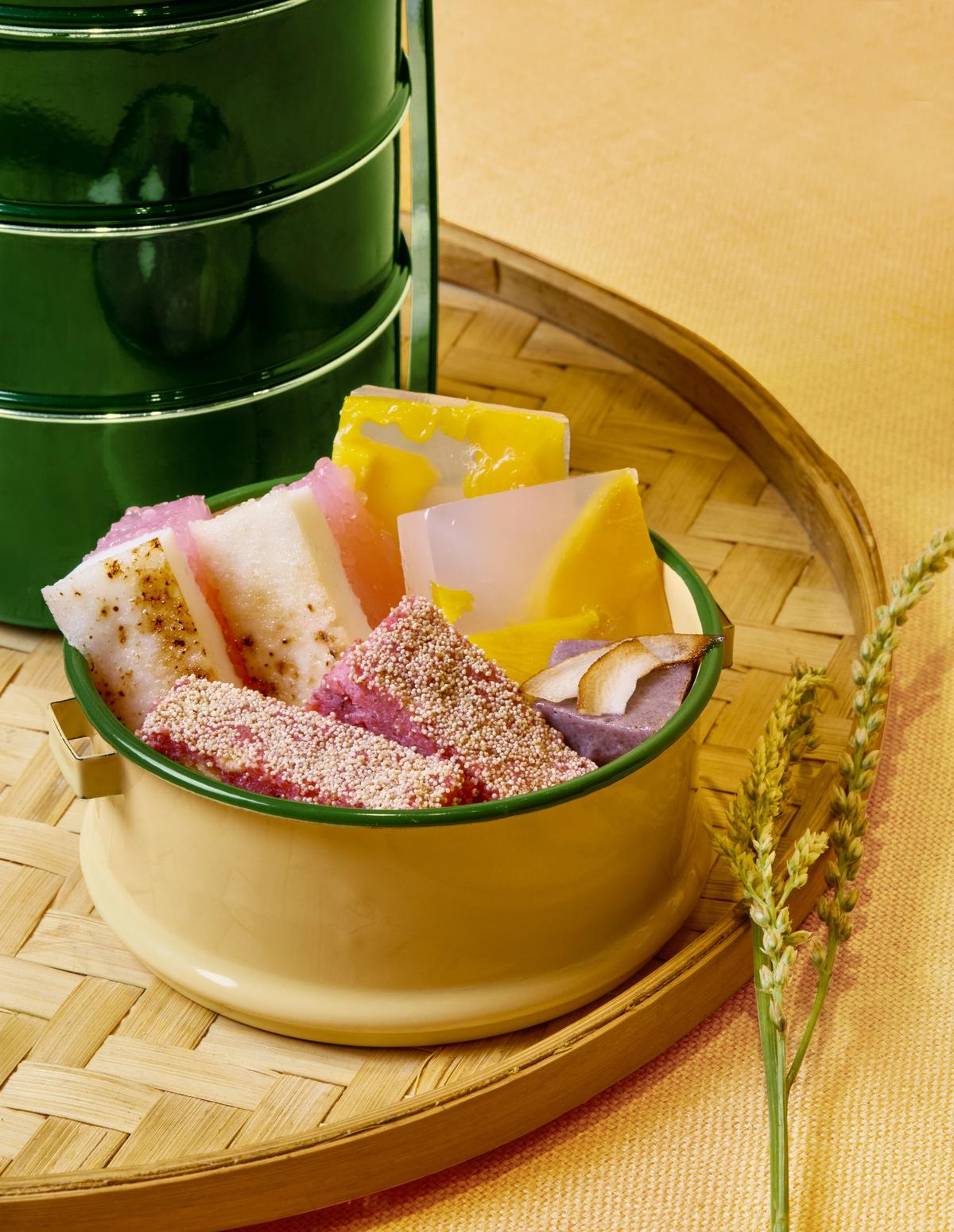
Traditional sweets like banana sanwin makin, chilled black rice custard, sago delight, and tropical jelly are available at Burma Burma
| Photo Credit:
Cyrus Dalal
At the heart of this year’s celebrations is the Tiffin Meal for two, comprising an assortment of appetisers, dips, mains, and desserts served in a special tiffin box. “On a recent visit to Burma, a local family invited our culinary team to feast on a traditional meal, and this is where the idea for a tiffin-style meal — that also celebrates the region’s popular lacquer-coated enamel tiffins — took shape. Each year we strive to present a new facet of Burmese cuisine and this harvest festival’s offering is inspired by home-style celebratory dishes,” says Head Chef Ansab Khan, adding that popular dishes include hand-tossed broad beans, bottle gourd and tofu curry, etc.
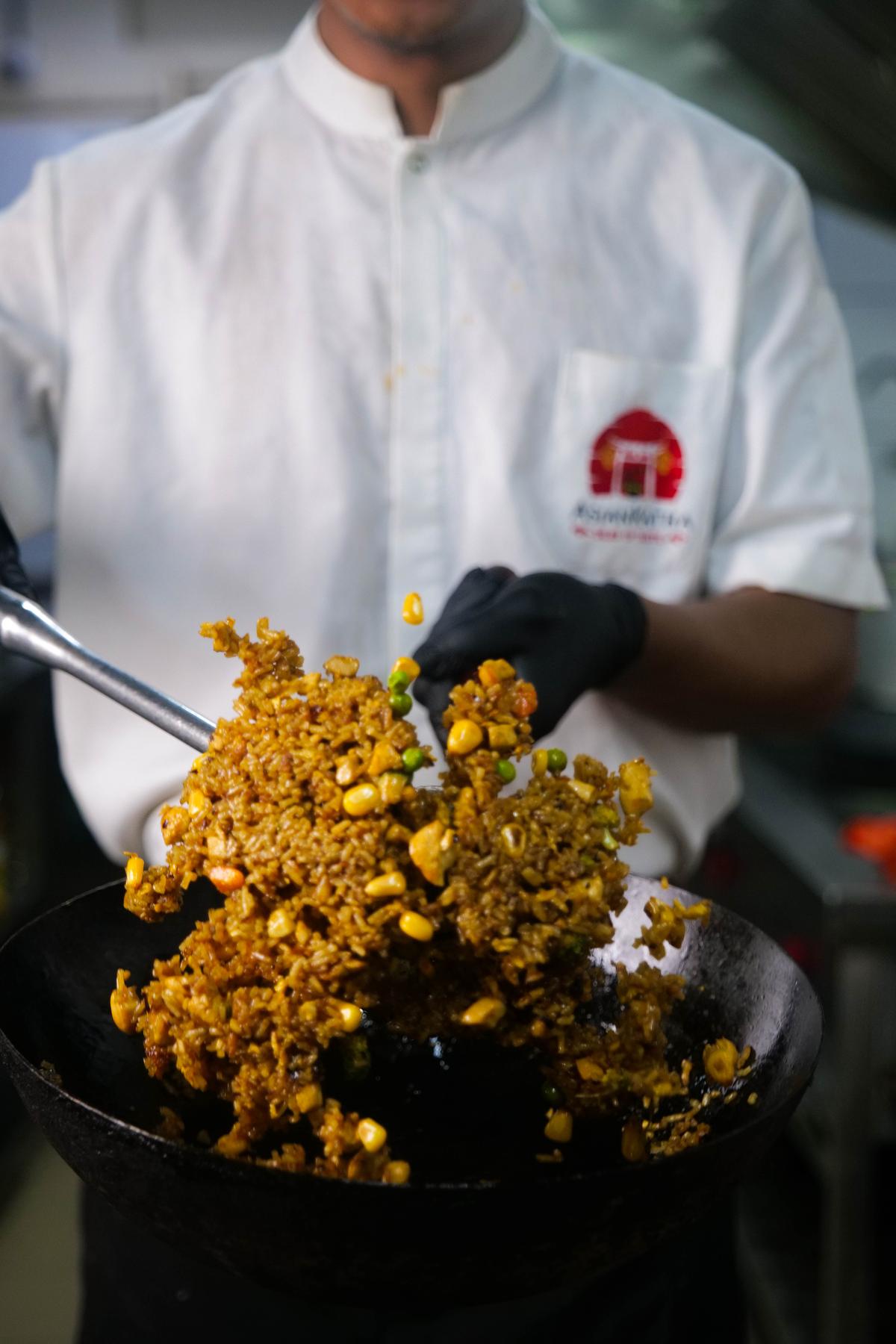
Cultural elements such as live storytelling about Thingyan’s significance will be part of the festivities at Asian Katha
| Photo Credit:
Special Arrangement
At Chennai’s AsianKatha — which opened its doors six months ago — founder Aswin Thottupurath and his team are also gearing up to celebrate Thingyan. “Diners today are eager to explore beyond traditional fare and experience the stories, flavours, and customs that define different regions. We are planning an exclusive menu and cultural elements such as live storytelling about the festival’s cultural significance,” he says. Their special Thingyan menu (available from April 13 to 16) will highlight traditional Burmese delicacies such as mohinga (a fragrant fish noodle soup), laphet thoke (fermented tea leaf salad), and mont lone yay paw (sweet rice dumplings), among others.
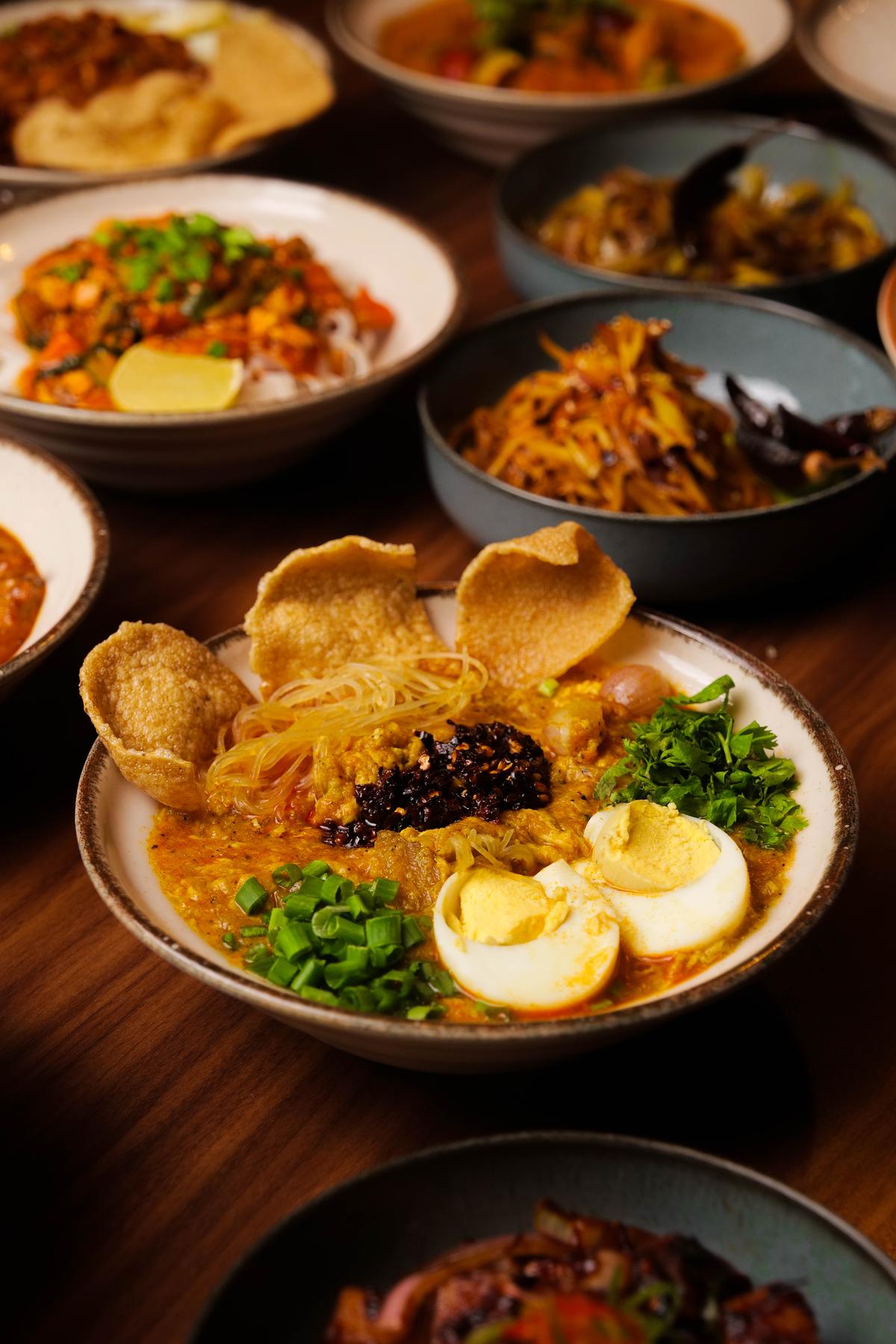
Dishes at Asian Katha
| Photo Credit:
Special Arrangement
New culinary experiences aside, such festivals are giving Indian diners a taste of ingredients and a country’s regional flavours. At Bengaluru’s Utse Kitchen, founder Dechen Dolkar has brought Nepali cuisine to the forefront since it opened in 2017. “For us, the inspiration to celebrate our new year, Nepal Sambat (April 14), came from a passion for Nepalese cuisine and the joy of sharing special traditions with our guests,” says Dechen, who started commemorating Nepalese events about three years ago. The team at Utse Kitchen comprises Nepali chefs and housewives “who contribute their family recipes and cooking traditions”.

The Newari Khaja Set Typical Nepali Thali with rice flakes, choyila, eggs, chickpeas, tama, bamboo soup, and more
| Photo Credit:
Jasper Neupane
New Delhi’s Yeti – The Himalayan Kitchen was founded in 2011 “with the idea to bring unexplored food from households of Nepal, Tibet, and other Himalayan regions to Delhi”. “We’re excited to have Nepali women in our kitchen team, and we have been working closely with them for the past two months to test and refine recipes to perfect our special menu,” says Joy Singh, partner, who has also added Naga-inspired dishes such as smoked sliced pork, ahomiya mutton, singju, and chicken raja mircha dry to the mix.

The Thakali Thali at Yeti – The Himalayan Kitchen
| Photo Credit:
Special Arrangement
For Nepali New Year At Utse Kitchen, diners can relish the kuchi bhoye — a community-style meal eaten on a leaf with dishes such as chiura (beaten rice), choyla (spicy grilled meat), bara (lentil patties), among other dishes; samay baji that comprises beaten rice, bara, a spicy potato salad, bhatmas, and meat, and is popular among the country’s Newar community; chhukey, a hearty dish made with dried meat and veggies; and sukuti, a dried meat curry. And the menu at Yeti comprises sel roti with chukauni, a Nepali khaja platter, and smoked stir-fried pork, to name a few.
“On these special occasions, we serve the local jhangoora kheer complimentary to all guests,” says Joy, who sources spices and gundruk from Nepal, and their cheese is “custom-made using a special proprietary recipe to complement the local Datchi flavour”.
Kiribhath (milk rice) made with heirloom rice varieties at Yo Colombo
| Photo Credit:
Special Arrangement
Trials and travels
“There’s a definite shift away from generic menus to food that is rooted in real places and celebrates their cultures and traditions,” says Chef Priya Bala, who runs Sri Lankan delivery-only restaurant, Yo Colombo, in Bengaluru. Observing Sinhalese New Year aka Aluth Avurudda (on April 14), she will be offering the signature harvest festival dish: kiribhath (milk rice) made with heirloom rice varieties, and served with sambols from April 11 to 16. “We will serve the traditional coconut sambol; the lunumiris with shallots, red chillies and lime juice; and a sweet version with coconut and jaggery,” says Priya who also served the kiribhath last year for Avurudda. “It was a hit especially among people who had travelled to Sri Lanka and knew about the dish,” she says of the kiribhath that is often served at breakfast buffets at hotels in Sri Lanka.
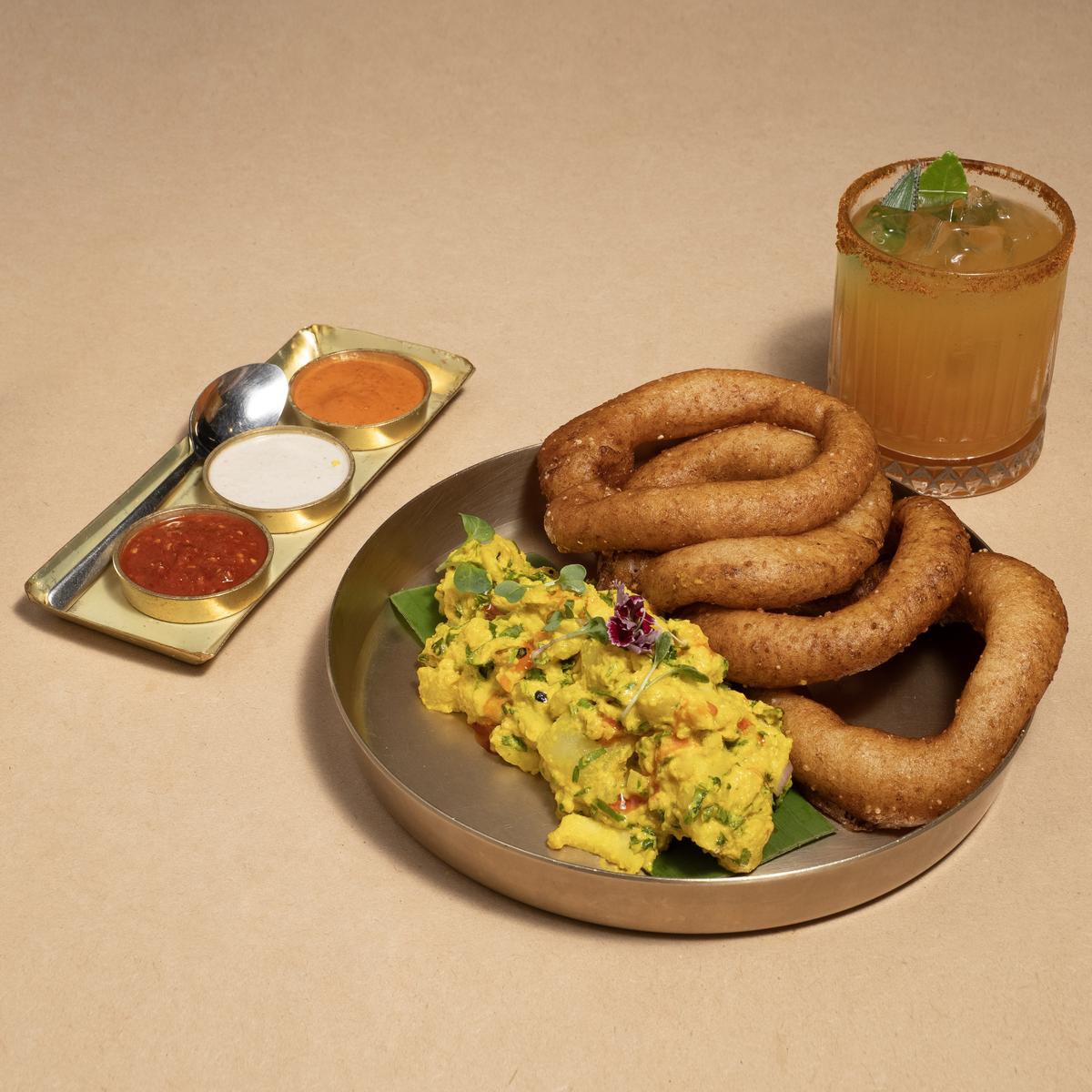
Sel roti at Yeti – The Himalayan Kitchen
| Photo Credit:
Special Arrangement
Unlike regular restaurant menus, a festival curation takes months, and often involves travelling to the home country for research. “We visit Burma frequently and take our chefs along to explore and learn first-hand with local cooks and culinary experts,” says Chef Ansab, adding how Burma Burma’s research and cuisine development team, headed by Chef Touseef Shamsudeen, has a dedicated kitchen space for trials and training. “It can take a few months for us to curate dishes,” he adds.
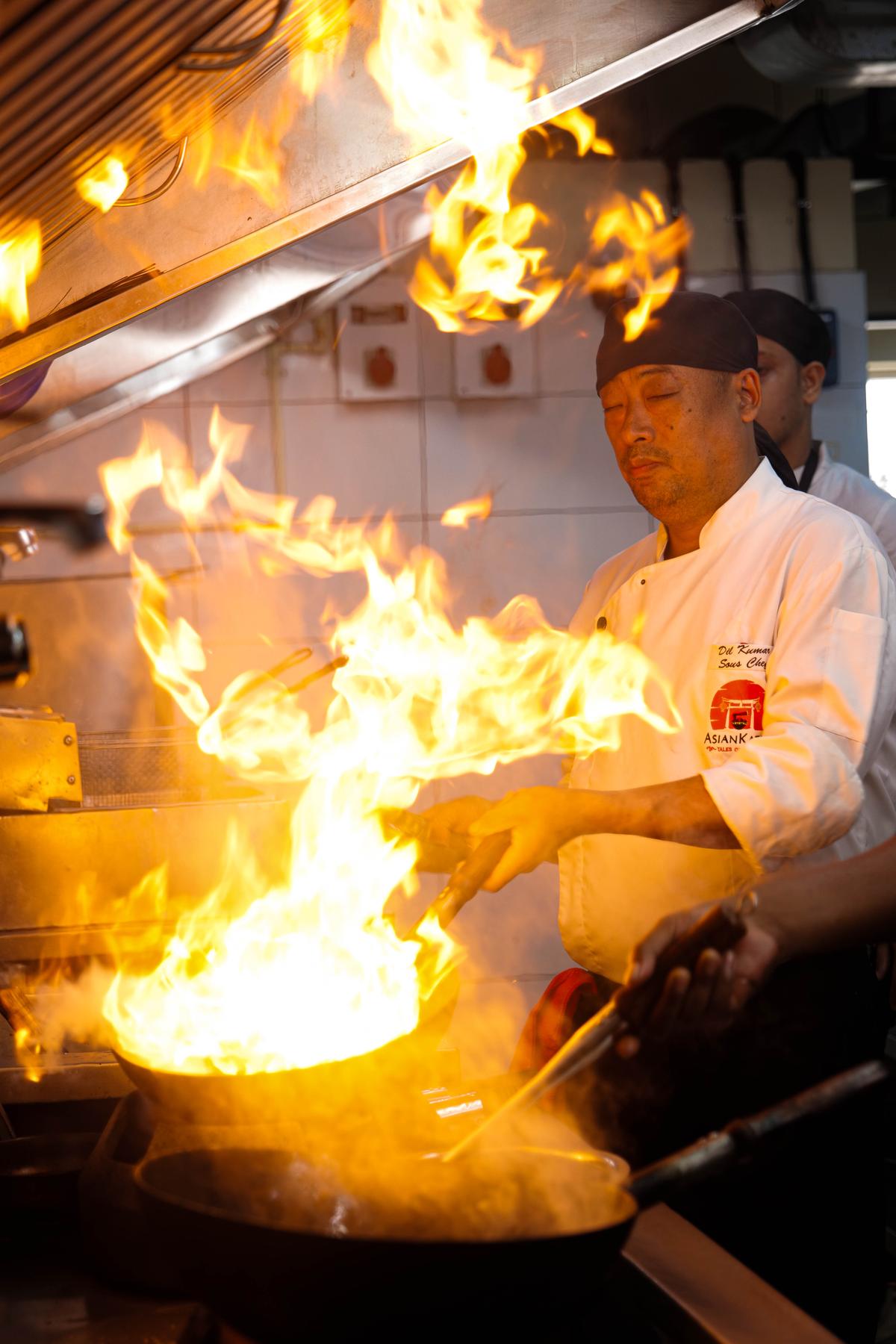
Asian Katha sources dry shrimp and dry catfish directly from Myanmar
| Photo Credit:
Special Arrangement
Aswin says the process of crafting the Thingyan menu begins months in advance. “We source key ingredients such as dry shrimp and dry catfish directly from Myanmar, conduct multiple tasting trials, and refine the recipes. Each trial can reveal something new perhaps the fish stock could be enriched, or we might add a touch more chilli for the perfect hint of heat. We also update our festival menus from time to time, introducing fresh variations with seasonal ingredients.”
Priya, however, is sticking to just one dish for the New Year celebrations, and not an entire menu or selection of dishes. “Unlike the Thai or Chinese New Years, we don’t have a special menu in Sri Lanka, but we do make special sweets like the oil cake with rice flour and treacle, and kokis, Sri Lankan rose cookies. But since these are skill and technique-oriented preparations, and ingredients are not easy to source, we are sticking to just the kiribhath.”
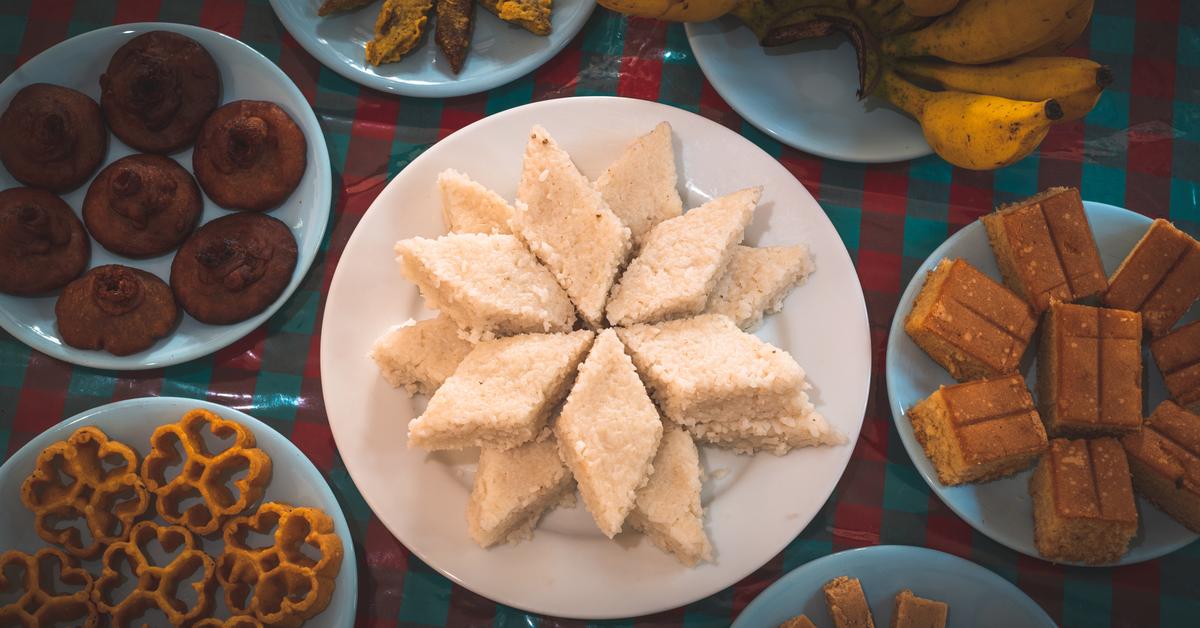
Traditional Sinhala and Tamil sweets
| Photo Credit:
Nilanka Sampath
Authenticity vs. adaptation
The chefs also highlight that modifying dishes to suit local preferences and/or dietary restrictions in India is key to the menu curation process. “We’ve had to make a few small tweaks along the way,” says Joy, adding, “For instance, while mutton with skin is a favourite among Nepali diners, we don’t prepare it that way here as Indians eat the meat without the skin.”
Aswin explains how many Burmese dishes incorporate fish sauce and shrimp paste, “which may not appeal to all diners”. At AsianKatha, he offers vegetarian and vegan alternatives that maintain the umami-rich profile while using locally available substitutes.
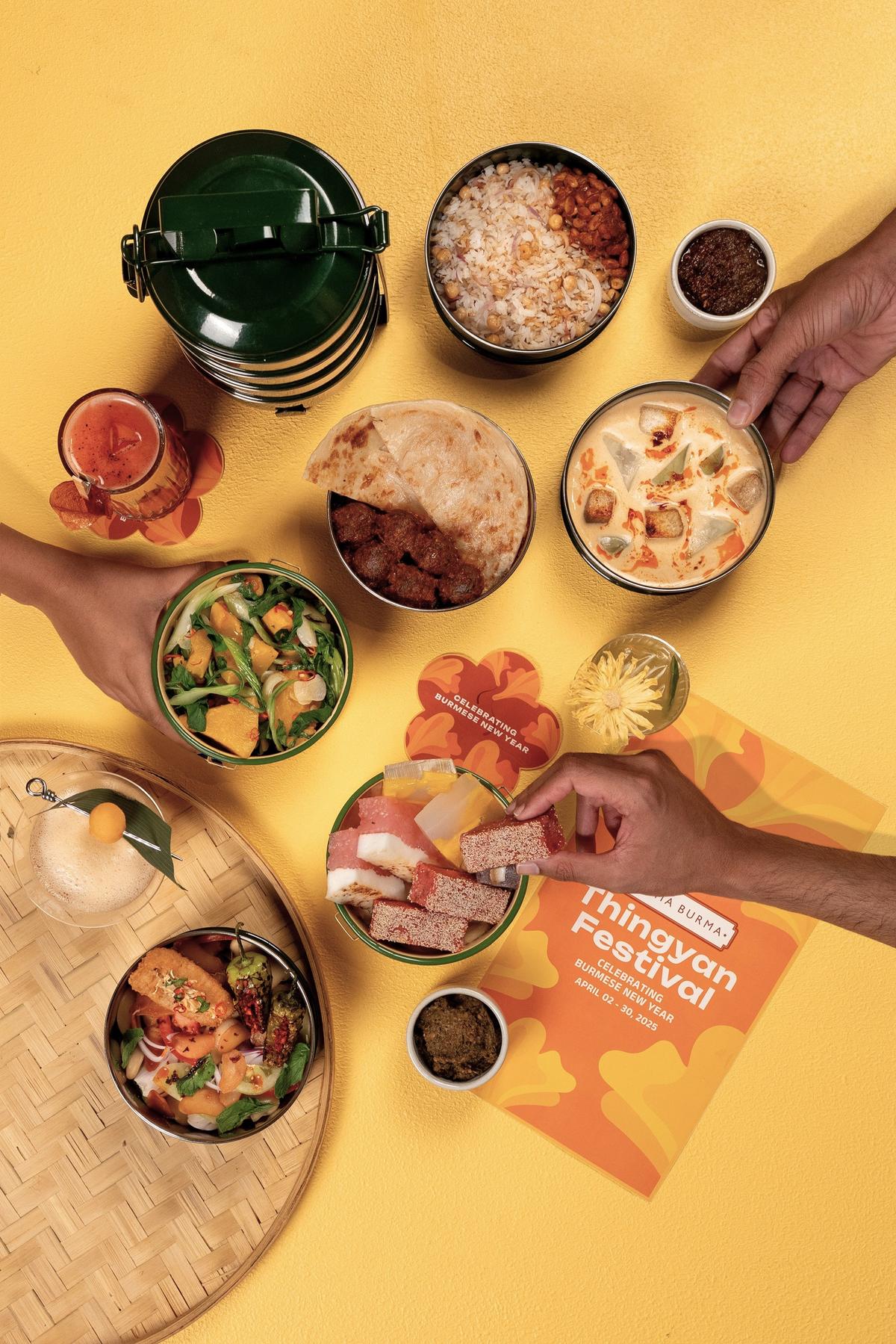
Burma Burma imports ingredients such as tea leaf, fermented soybean paste, and dried mustard
| Photo Credit:
Achyut Sood
To retain originality, the team at Burma Burma imports ingredients such as tea leaf, fermented soybean paste, and dried mustard. Having said that, Ankit believes tastes and cuisines evolve over a period. “What we ate in India a decade ago is very different from what and how we eat today. A similar change is happening across the world including in Burma, and we try to keep up with the changing foodscape,” says Ankit, who notes Burma now has several standalone restaurants wherein dishes like broad bean edamame hummus, shiitake fingers, and stuffed savoury puffs are lining menus.
Traditional Thai cuisine incorporates many ingredients that are unfamiliar to Indian palates, such as kapi (fermented shrimp paste) and nam pla (fish sauce). They have been adapted to suit vegetarian preferences by using alternatives such as in-house chilli paste,” says Abhishek, who also has plant-based adaptations of key Thai sauces.
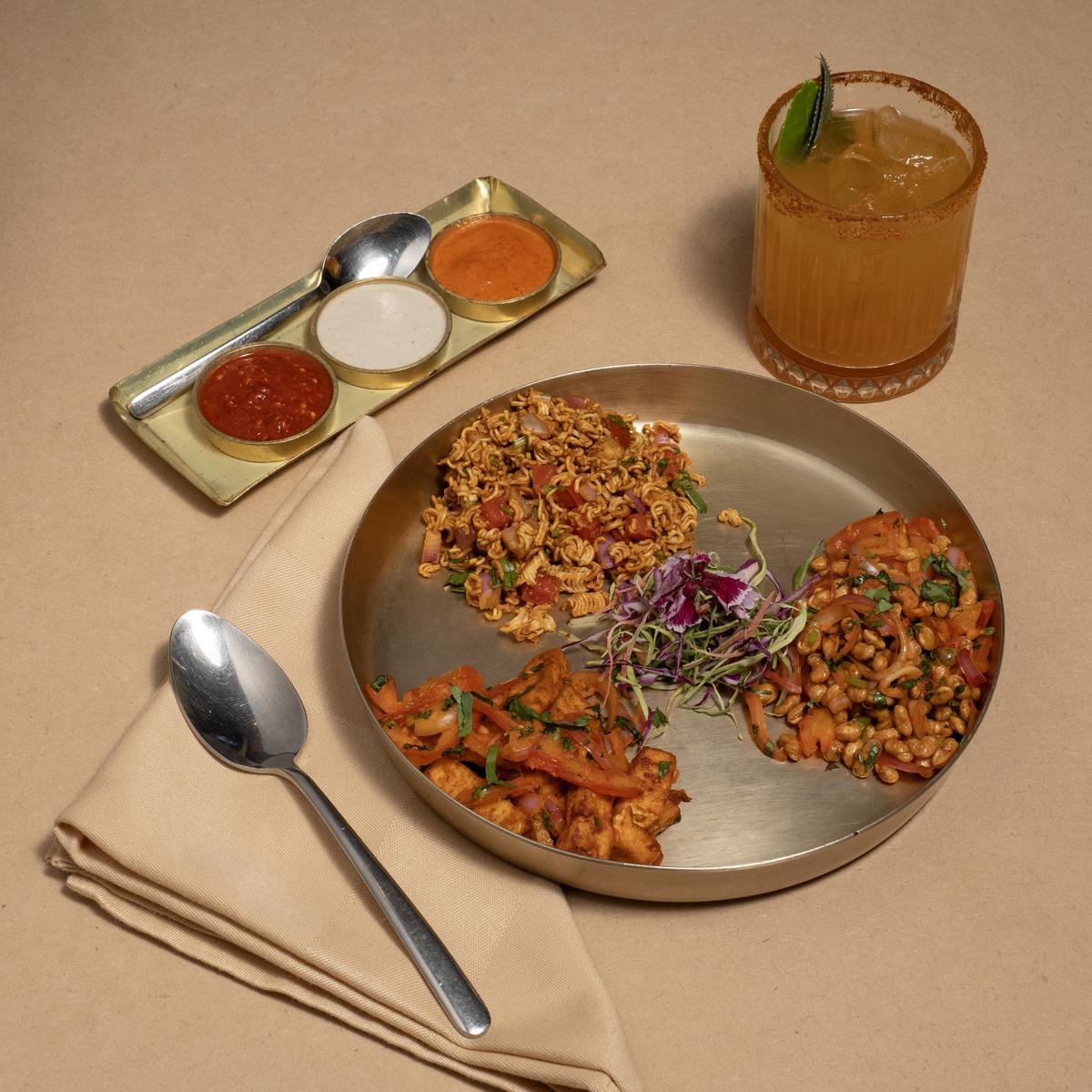
Pahadi munchies platter at Yeti – The Himalayan Kitchen
| Photo Credit:
Special Arrangement
At Utse, Dechen starts the process by keeping the core flavours and ingredients intact. “If a dish calls for a certain type of meat or ingredient that’s hard to find or maybe not as widely accepted here, I’ll swap it out for a similar flavour profile,” she explains. The timur (Nepalese pepper), for instance, Dechen says, “doesn’t adapt well with the Indian palette” so she has replaced it with whole black pepper. “Fermented soybean in soups has an acquired smell, and we use oyster sauce instead. Yak meat is common in Nepal, but it’s heaty and works in the high altitude region but isn’t suited for the Indian climate. Also, our Tibetan tea uses Amul butter and not yak butter, and it tastes somewhat similar to the original.”
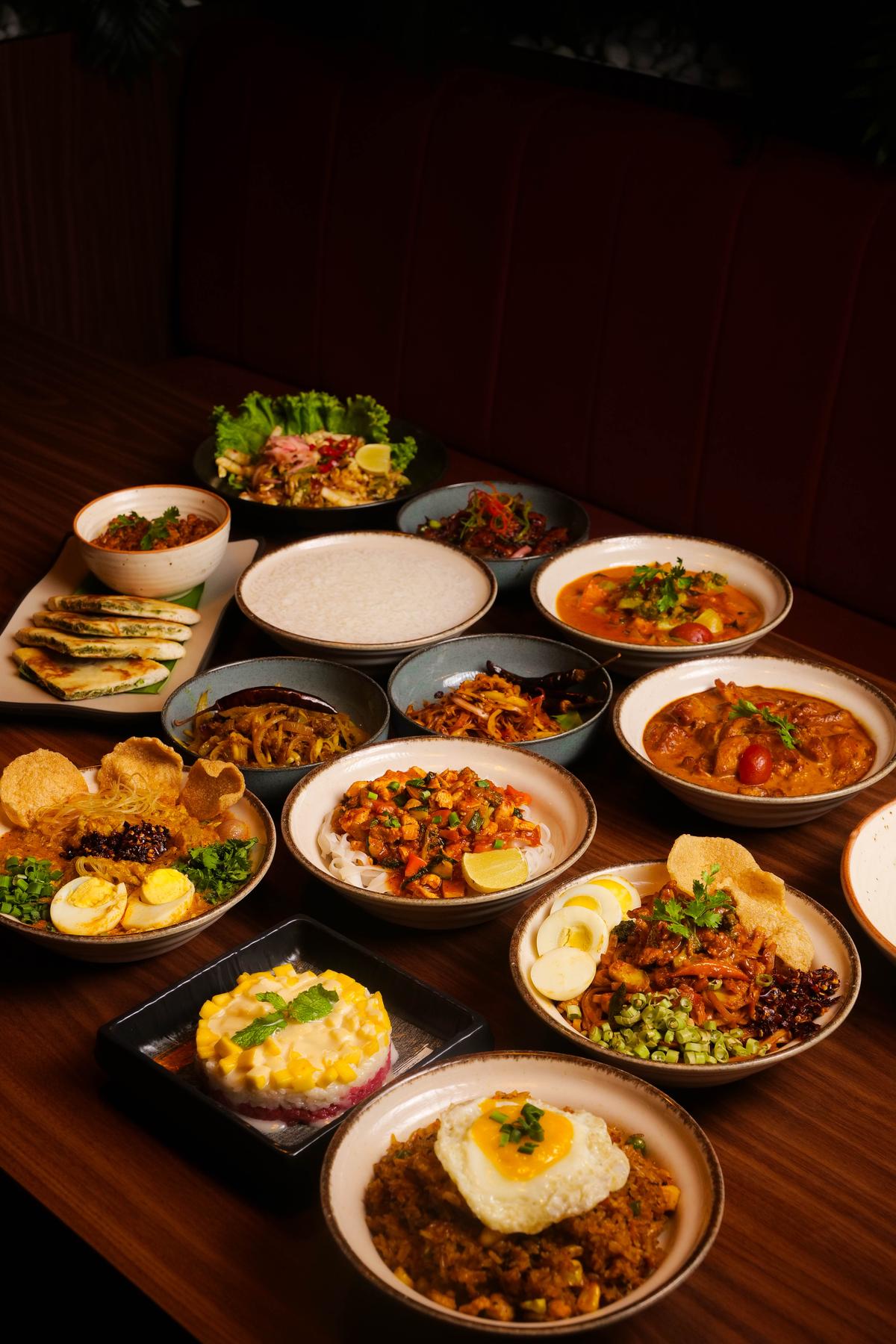
Dishes at Asian Katha
| Photo Credit:
Special Arrangement
Aswin further adds that the cuisine aside, storytelling is at the heart of the restaurant’s vision. “We wanted to create more than just a dining experience, and such festivals offer the perfect opportunity to bring people closer to the essence of a culture,” he concludes.
Published – April 11, 2025 03:23 pm IST


